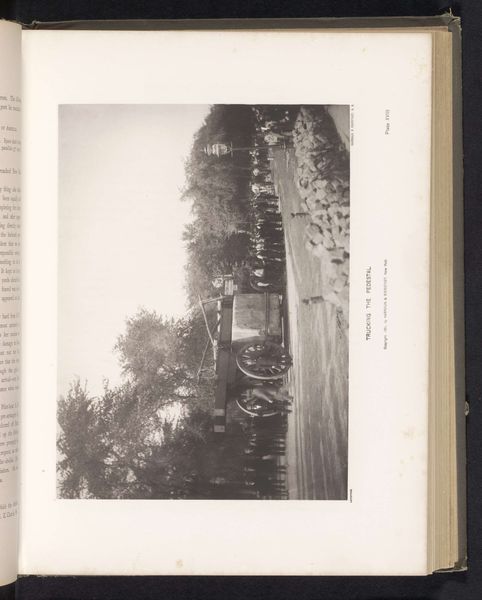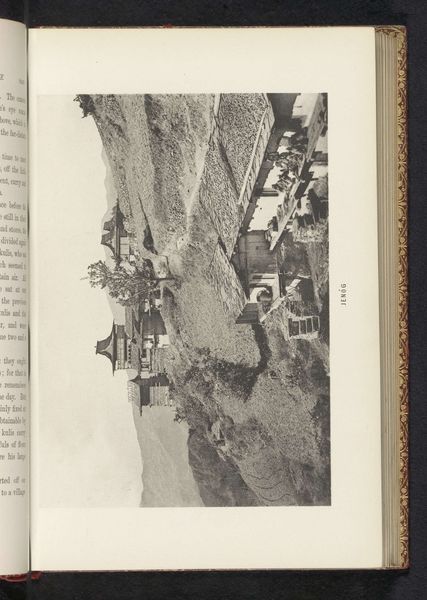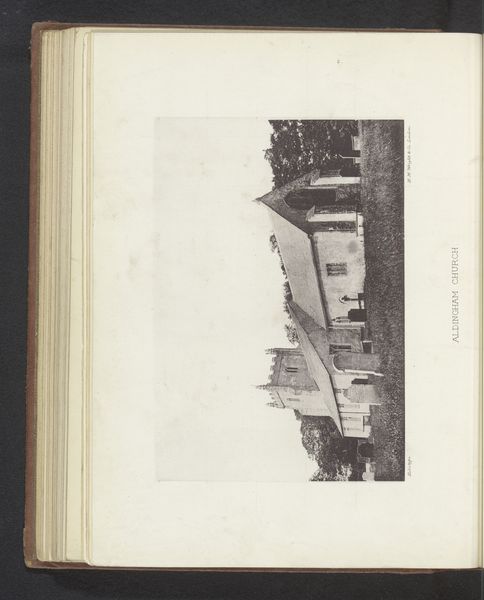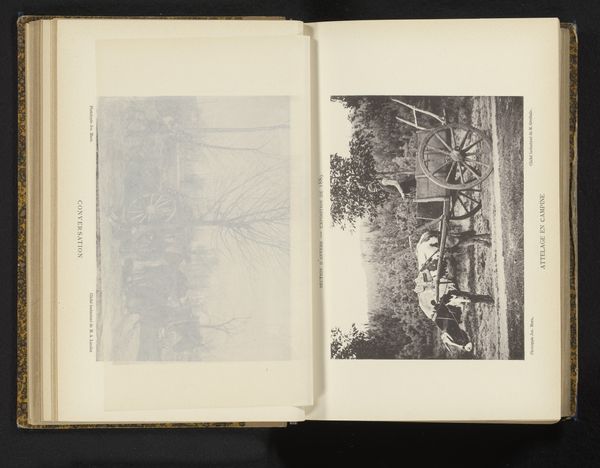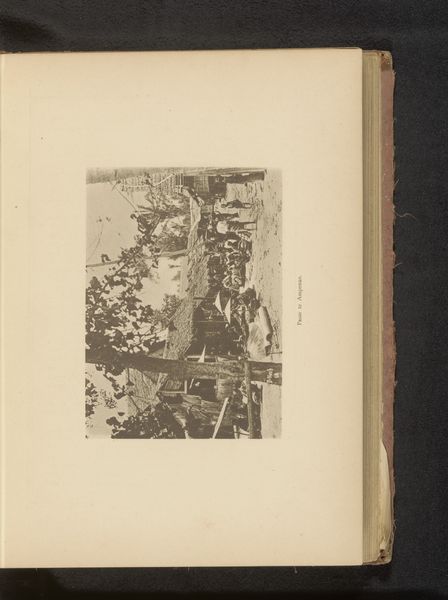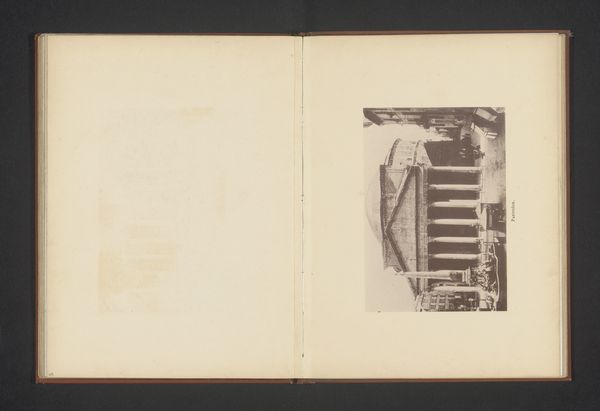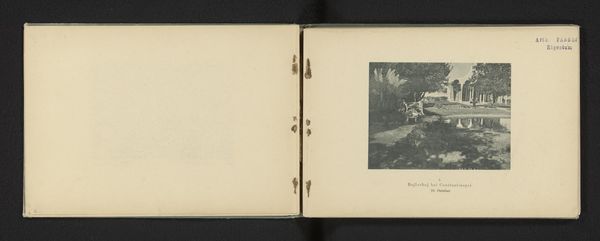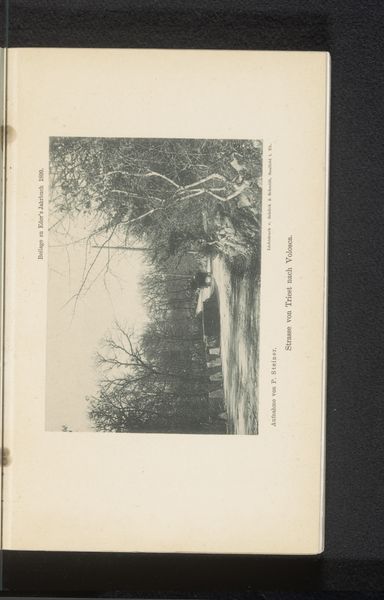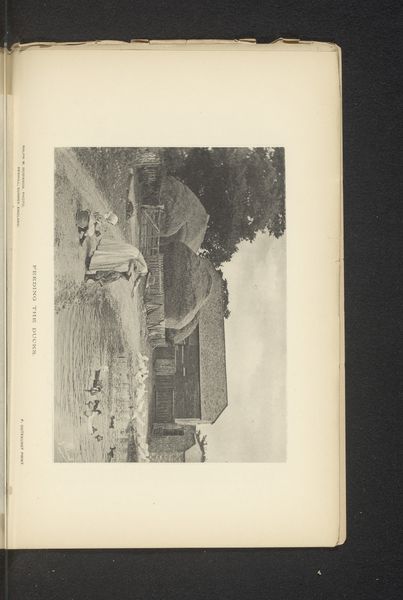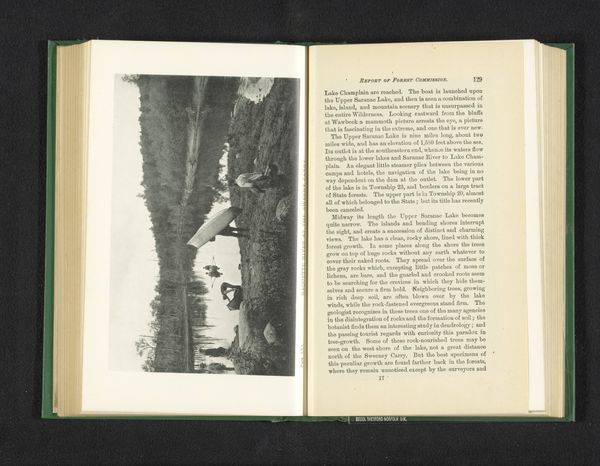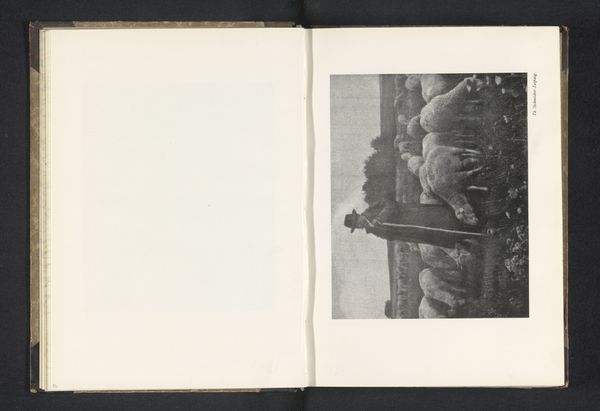
photography, gelatin-silver-print
#
landscape
#
photography
#
coloured pencil
#
gelatin-silver-print
#
genre-painting
#
realism
Dimensions: height 122 mm, width 168 mm
Copyright: Rijks Museum: Open Domain
Curator: Editor: Here we have Frederick Saint John Gore's photograph, "Drying camp after the rain, Satibagh," dating to before 1895. It's a gelatin-silver print, and it really captures a sense of everyday life, almost documentary in feel. What strikes me is how the artist has framed what appears to be quite an ordinary scene. What do you make of it? Curator: I am particularly drawn to its grounding in materiality. Look at the labour embedded within this "ordinary" scene: the construction of the tents, the movement of the gear, and the photographic process itself, all reflecting a colonial presence relying on material resources and manpower. It is about more than just capturing a moment in time; it speaks volumes about production, consumption, and a certain type of social order. What can you tell me about the photographic process itself? How do you think its specific materials contribute to our reading? Editor: Well, considering it’s a gelatin-silver print, that means the image-forming material consists of silver particles suspended in a gelatin layer on a substrate. I suppose the monochrome palette brings a kind of serious weight. Curator: Exactly. This wasn’t just a neutral recording. Think about how the availability and cost of materials like silver shaped the subjects artists could photograph, who could afford photography, and even the stories that photography could tell. Do you think this adds another layer of interpretation? Editor: Yes, absolutely! Viewing it through this lens helps me consider not only *what* is being depicted, but *how* the materials used influenced the message. Curator: Precisely! We move past simply admiring the composition, and delve into the material and socio-economic conditions that made the photograph possible in the first place. Editor: That’s a very different way to consider it. It really broadens my understanding. Thanks! Curator: And thank you. Paying attention to material processes expands our appreciation and comprehension of visual art.
Comments
No comments
Be the first to comment and join the conversation on the ultimate creative platform.
